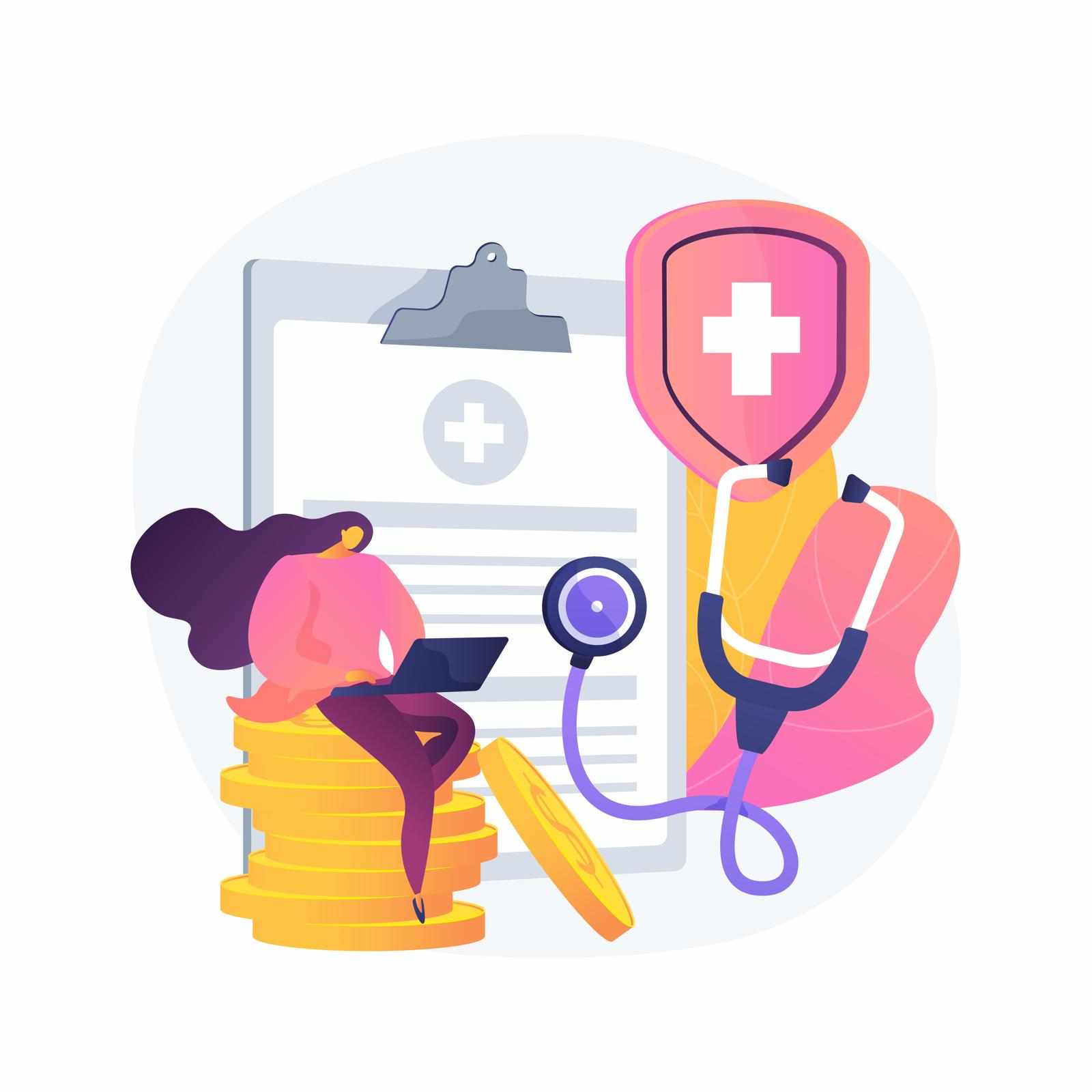
Patient feedback has evolved from a simple satisfaction metric to an essential tool in healthcare risk management. With a growing focus on patient-centered care, healthcare facilities are recognizing the value of integrating feedback into their risk mitigation strategies. By listening to patients, hospitals can proactively address safety issues, improve care standards, and reduce potential risks.
This article explores five key ways patient feedback enhances risk management in hospitals and improves overall healthcare outcomes.
1. Identifying Hidden Risks Early
Patient feedback provides healthcare facilities with a direct line to understanding potential hazards that might otherwise go unnoticed. Patients are often the first to notice issues such as delays in care, communication gaps, or hygiene concerns—factors that can significantly impact patient safety.
When patients provide feedback regarding their experiences, especially about areas where they feel unsafe or neglected, hospitals can take immediate action. This feedback acts as an early warning system, highlighting issues before they escalate into serious problems.
For example, if a patient mentions long wait times in critical departments, this can indicate a systemic issue that may affect emergency responses. By addressing these early signals, healthcare providers enhance risk management in hospitals, ultimately improving patient outcomes and safety.
2. Improving Communication Between Patients and Staff
One of the most significant benefits of patient feedback is the opportunity it provides for enhancing communication between patients and healthcare staff. Poor communication is a common cause of misunderstandings and errors in patient care, often leading to adverse outcomes.
Feedback from patients can reveal where communication breakdowns are occurring, whether it’s unclear instructions about medications, delays in responses, or confusion about treatment plans. Once these issues are identified, hospitals can develop training programs to improve staff communication skills, ensuring that information is conveyed accurately and effectively.
3. Enhancing Patient Safety Protocols
Patient safety is a top priority in any healthcare setting, and feedback can play a crucial role in refining safety protocols. Patients who have experienced safety incidents, such as falls, infections, or medication errors, often provide valuable insights into how these incidents occurred and how they could have been prevented.
Hospitals can analyze this feedback to adjust their safety protocols and procedures. For example, a patient who slips in a wet hallway can prompt a review of facility maintenance practices. Similarly, feedback about incorrect medication dosages can lead to the implementation of more stringent checking processes.
4. Promoting a Culture of Accountability
Patient feedback holds healthcare providers accountable for the quality of care they deliver. When patients voice concerns about their treatment, it forces healthcare teams to evaluate their actions, decisions, and processes. This accountability can drive positive change and strengthen hospital risk management systems.
For instance, if a patient complains about receiving improper post-operative care, this feedback can lead to an investigation and subsequent improvement in staff training. When hospitals act on patient feedback, they demonstrate their commitment to high-quality care and continuous improvement.
5. Empowering Patients as Active Participants in Their Care
One of the most effective ways to mitigate risk in healthcare is to empower patients to take an active role in their care. When patients are encouraged to provide feedback about their experiences and concerns, they become partners in the healthcare process. This collaboration can reduce the likelihood of adverse events.
For example, patients who feel comfortable communicating their symptoms, asking questions about their treatment, and voicing concerns about their care plan are more likely to receive the correct diagnosis and treatment. Their feedback about unclear instructions or overlooked symptoms can prevent complications and improve health outcomes.
Conclusion
Incorporating patient feedback into risk mitigation strategies is an essential practice for hospitals aiming to improve safety, communication, and accountability. By leveraging the insights gained from patients, healthcare providers can identify hidden risks, refine safety protocols, and promote a culture of transparency and continuous improvement.
By understanding how patient feedback enhances risk management in hospitals, healthcare institutions can create safer environments and deliver higher-quality care to their patients. This proactive approach to risk management not only benefits patients but also helps healthcare providers maintain their reputation and operational excellence.
Why is patient feedback important for risk mitigation?
Patient feedback is important for risk mitigation because it helps identify hidden risks, improve communication, refine safety protocols, and hold healthcare providers accountable for their actions. Listening to patients allows hospitals to proactively address potential issues before they escalate.
How does patient feedback improve communication in hospitals?
Patient feedback highlights areas where communication between healthcare providers and patients may be lacking, such as unclear instructions or delays in responses. By addressing these issues, hospitals can improve communication and reduce the risk of misunderstandings and errors in care.
How can patient feedback help prevent medical errors?
Patient feedback can reveal issues like incorrect medication dosages, unclear instructions, or delayed care. By using this information, hospitals can make necessary adjustments to prevent medical errors and improve overall patient safety.
4. What role does patient empowerment play in risk management?
Patient empowerment encourages patients to actively participate in their care by voicing concerns and asking questions. This involvement helps prevent misdiagnoses, overlooked symptoms, and other complications, leading to better health outcomes and reduced risk.
5. How can hospitals implement patient feedback into their risk management strategies?
Hospitals can implement patient feedback by regularly collecting and analyzing feedback data, adjusting safety protocols based on insights, improving communication, and creating an environment of accountability and transparency. This ongoing process ensures continuous improvement in care delivery.




















Write a comment ...